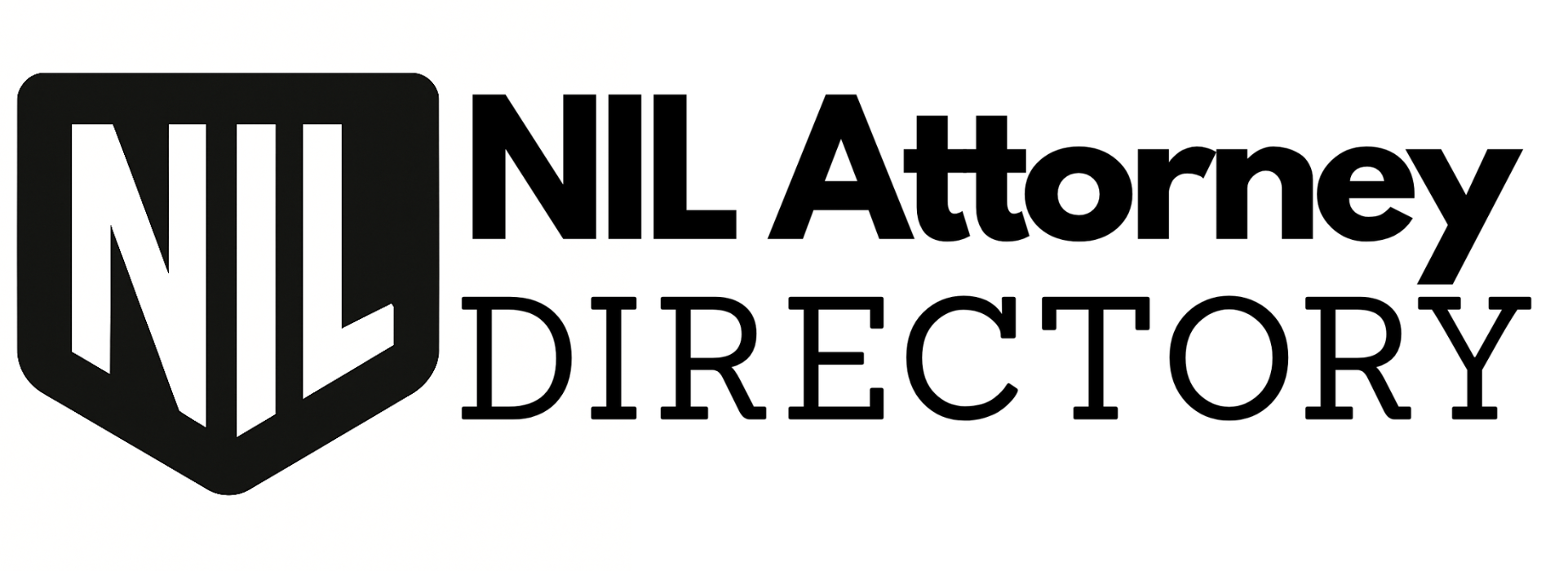Setting up LLCs, S-Corps, or partnerships for athletes
For many athletes, NIL isn’t just about signing endorsement contracts—it’s about building a brand and a business. Whether you’re selling merchandise, signing recurring sponsorships, or managing multiple revenue streams, setting up a formal business structure can protect your finances and strengthen your opportunities.
But choosing between an LLC, S-Corp, or partnership is not a one-size-fits-all decision. This is where NIL attorneys play a vital role.
Why Business Formation Matters for Athletes
- Legal protection: Keeps your personal assets separate from your business obligations.
- Professional credibility: Companies often prefer working with established entities.
- Tax efficiency: Certain structures can reduce self-employment taxes or improve deductions.
- Growth potential: Makes it easier to scale, hire staff, or bring in partners.
Without proper guidance, athletes risk setting up the wrong structure—or none at all.
Common Structures NIL Attorneys Help With
1. Limited Liability Company (LLC)
- Most common choice for athletes starting NIL businesses.
- Protects personal assets if the business is sued.
- Flexible for tax purposes—can be treated as a sole proprietorship, partnership, or S-Corp (with election).
- Easier to manage than a corporation.
Attorney’s role: Drafts operating agreements, ensures state filings are correct, and aligns contracts to the LLC instead of your personal name.
2. S-Corporation (S-Corp)
- A tax election available to LLCs or corporations.
- Allows you to pay yourself a “reasonable salary” and take additional profits as distributions—reducing self-employment taxes.
- Best for athletes consistently earning higher NIL income.
Attorney’s role: Helps determine if S-Corp election makes sense, drafts bylaws, and ensures compliance with IRS rules.
3. Partnerships
- Useful if you’re collaborating with teammates, family members, or business partners.
- Can be informal (but risky) or formalized through partnership agreements.
- Requires clarity on profit sharing, responsibilities, and exit options.
Attorney’s role: Drafts partnership agreements that avoid disputes and protect each partner’s rights.
Key Legal Steps Attorneys Handle
- Entity formation: Filing articles of organization or incorporation with the state.
- Operating documents: Operating agreements (LLC) or bylaws (corporation) to govern decision-making.
- Tax elections: Coordinating with CPAs to choose the best tax structure.
- Contract alignment: Ensuring NIL deals are signed under the business entity.
- IP protection: Assigning trademarks, logos, and NIL rights to the entity.
- Compliance: Making sure the setup doesn’t conflict with NCAA, state, or school rules.
When Should Athletes Form a Business?
- If NIL income is more than just occasional one-off deals.
- If you’re launching a merchandise line, digital content business, or brand collaborations.
- If you want to separate personal finances from business income.
- If you’re already dealing with multiple contracts or sponsorships.
Questions to Ask Your NIL Attorney
- Which structure (LLC, S-Corp, partnership) is best for my situation?
- How do we protect my personal assets and intellectual property?
- Should contracts be signed under my name or the business entity?
- How do we coordinate with my CPA for tax elections and filings?
- What happens if I want to expand, add partners, or dissolve the business later?
Final Takeaway
NIL is more than a side hustle—it can be the start of a professional business. Setting up the right structure early saves athletes from tax headaches, legal disputes, and lost opportunities.
NIL attorneys help athletes choose the right entity, draft strong agreements, and protect their brand—so every contract and every dollar flows through a system built for growth.
At www.NILAttorneyDirectory.com, we connect athletes and families with attorneys who specialize in NIL business formation—professionals who know how to protect both your brand and your bottom line.
